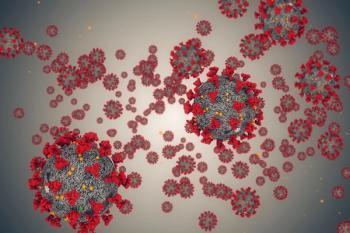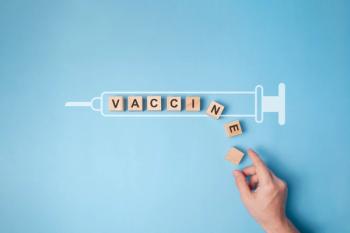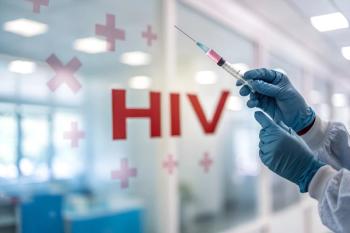
Examining Rates of COVID-19 Rebound With Antiviral Therapies
Research tells a different story than recent news headlines.
This past summer, several notable names—including President Joe Biden and CDC Director Rochelle Walensky, MD, MPH—made headlines for experiencing viral rebound after taking nirmatrelvir-ritonavir (Paxlovid) to treat their COVID-19. These headlines caused worry among the public, with patients worrying that using the drug for their own cases of COVID-19 could lead to a similar rebound case. However, new research published in JAMA Network Open should help allay those fears.1
Investigators identified patients who were hospitalized with COVID-19 between January and March 2022 in Hong Kong. These patients were followed up until the clinical end point of interest, date of data retrieval (July 31, 2021), or up to 30 days of total follow-up. Patients who went to public hospitals and had serial cycle threshold (Ct) values measured at least 3 times.
A total of 12,629 patients were included in the analysis; 11,688 patients did not use an antiviral (either nirmatrelvir-ritonavir or molnupiravir [Lagevrio]) while 746 received molnupiravir and 195 received nirmatrelvir-ritonavir. Patients who were given the antivirals were older, had more comorbidities, and had a lower vaccination rate. Additionally, patients prescribed molnupiravir were older and had a lower complete vaccination rate than with nirmatrelvir-ritonavir, and were more likely to have certain comorbidities like cardiovascular diseases, diabetes, cerebrovascular events, respiratory diseases, and kidney diseases.
The case-fatality rate was 10% (95% CI, 9.5%-10.5%), 13.4% (95% CI, 11.2%-16.1%) for molnupiravir patients, 9.7% (95% CI, 6.4%-14.9%) for nirmatrelvir-ritonavir patients, and 9.8% (95% CI, 9.3%-10.4%) for patients who were not given antivirals. The baseline Ct values were slightly higher in patients who were given nirmatrelvir-ritonavir.
Viral rebound, which was Ct values greater than 40 that decreased to 40 or less, occurred in 6 patients who were given molnupiravir, 2 who were given nirmatrelvir-ritonavir, and 68 patients who received no antiviral. The majority of these rebounds occurred 2 to 5 days after completing antivirals. Among the patients with a rebound case, 12 of the nonusers and 1 molnupiravir patient died of COVID-19. Neither of the patients given nirmatrelvir-ritonavir died. Patients who used no antivirals and a rebound case had a higher case-fatality rate than those with no viral rebound and no antiviral use, but those who used antivirals and a rebound case did not have a higher case-fatality rate than patients who used antivirals and didn’t have a rebound case.
Investigators concluded that these “novel oral antivirals should be prescribed to more patients with COVID-19 in the early phase of the infection, with minimal concerns about viral rebound.” These findings also support the idea that additional treatment may not be needed in cases of COVID-19 rebound.
Reference
- Wong G, Yip T, Lai M, Wong V, Hui D, Lui G. Incidence of viral rebound after treatment with nirmatrelvir-ritonavir and molnupiravir. JAMA Netw Open. 2022;5(12):e2245086. doi:10.1001/jamanetworkopen.2022.45086
Newsletter
Pharmacy practice is always changing. Stay ahead of the curve with the Drug Topics newsletter and get the latest drug information, industry trends, and patient care tips.































































































































































